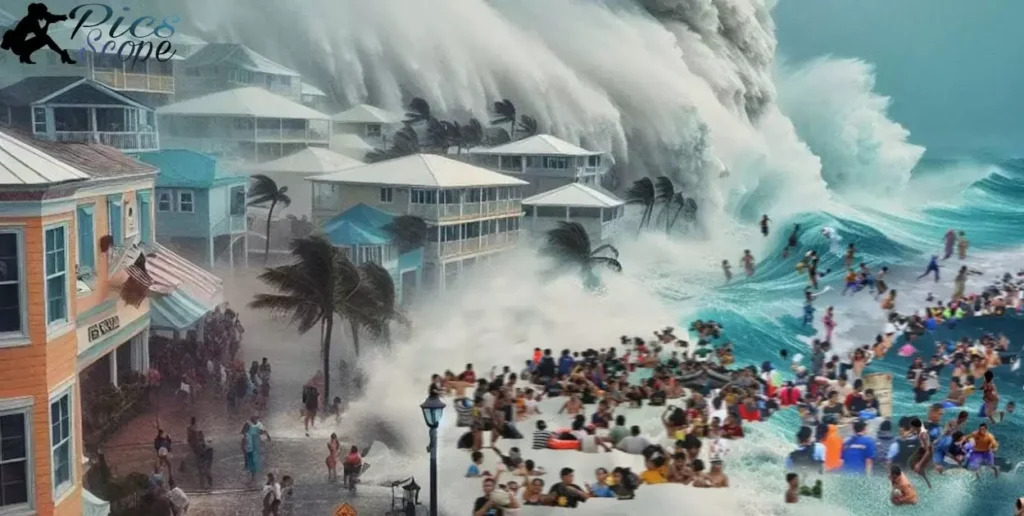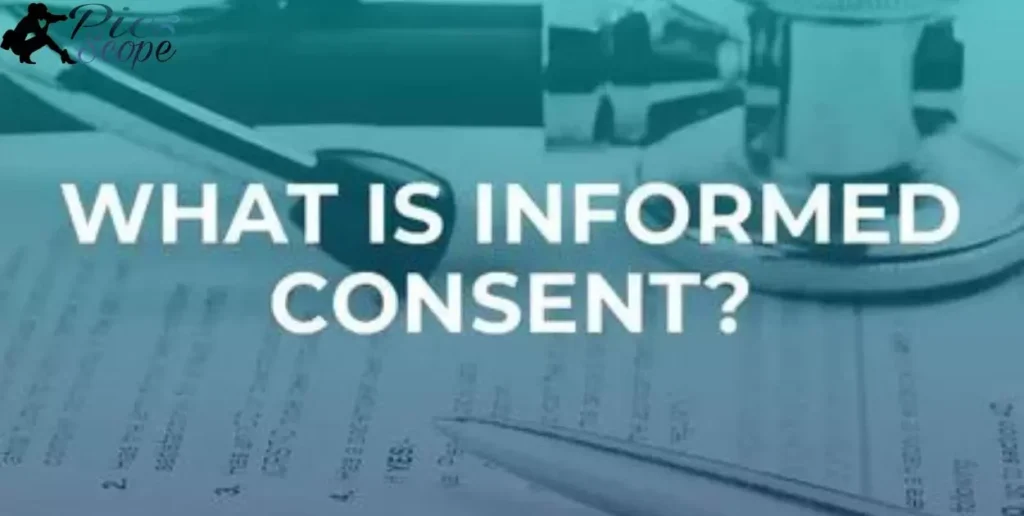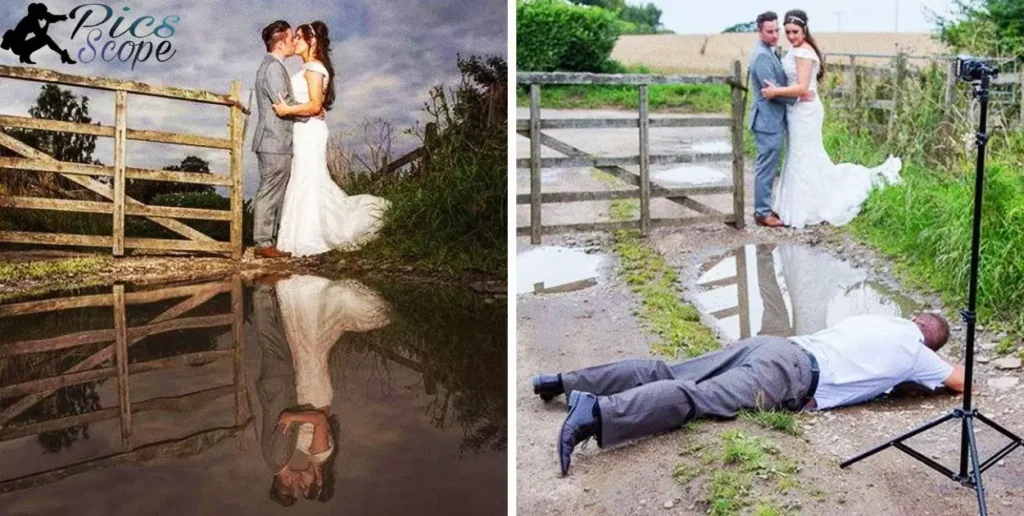Photographing, filming, or videotaping someone requires their consent. This involves having them sign a legal release form allowing you to use their image or likeness. The form establishes permission, defines usage terms, and protects privacy.
How to fill out consent to photograph film or videotape – Capturing someone’s image on camera can enable powerful storytelling, but also risks exploiting personal vulnerabilities. That’s why informed consent matters. When filming documentaries, commercials, or any video with real people, properly filling out image releases becomes essential to upholding dignity.
Getting consent right involves clearly explaining your project, allowing time for questions, defining usage terms, securing signatures, offering copies, and storing forms safely. Tips include using simple language, avoiding legalese, allowing refusal without pressure, and ensuring meaningful choice free of coercion.
Why Is Photography Consent Important?
Photography consent is important because it respects people’s right to privacy and autonomy. Consent shows you value someone enough to ask permission before capturing their image. It helps build trust between photographer and subject.
Getting consent prevents assumptions and misunderstandings about how images will be used. It allows people to control their representation. Consent forms a foundation for ethical photography that upholds dignity.
What are the ethical concerns around photography?
Key ethical concerns around photography include exploiting vulnerabilities, not respecting privacy, and misrepresenting people. Images can be taken out of context or shared without limits once published online.
Photographers hold power in how they portray human subjects. Consent helps mitigate ethical risks by clarifying usage terms upfront. It reminds photographers to weigh potential benefits and harms of capturing each image.
How does consent protect privacy?
Consent protects privacy by allowing people to shield personal aspects of their lives from photography if they desire. It gives them a voice in the process and ability to set boundaries.
Gaining consent forces photographers to explain how images will be used. This allows subjects to reveal only what they are comfortable sharing publicly. Consent puts control back in the subject’s hands.
When is permission legally required?
In many countries, permission is legally required for any commercial Photography Basics 101 Aperture Shutter Speed And Iso Nikon showing identifiable people. Publishing recognizable portraits, event images, or public scenes for advertising or promotional use typically necessitates consent.
Many jurisdictions also mandate consent for stock photography. Explicit model releases are often required by image libraries. Laws vary globally, but in general if images directly profit the photographer then legal consent becomes essential.”
What information should be captured?

A photography consent form should capture key information to make it legally binding. This includes the full legal names and signatures of the photographer and subject, along with the date. It should also include a brief description of the photos, including location, poses, props, and attire.
The consent form should clearly state the intended uses for the photos, such as display in a portfolio or gallery, print publications, commercial products, and online media. Any restrictions on use, like prohibiting adult-only publications, should also be outlined. Capturing this level of detail makes the terms of use clear for both photographer and subject.
How to define usage terms for photographs
Defining usage terms is essential to ensure legal protection when publishing photographs of people. The consent form should explicitly state where the photos will be displayed, such as in the photographer’s online portfolio, print publications, gallery exhibitions, advertising materials, merchandise, and more.
It should specify the duration that usage permission extends for, such as 1 year, 5 years, indefinite, or perpetual use. Geographic restrictions can also be outlined, like limiting use of the photos to a specific country or region. Finally, the form should state whether the permission is exclusive or non-exclusive, meaning the subject can or cannot allow other photographers to publish similar photos.
Clearly articulating these usage terms in the consent form prevents legal issues from arising if the subject’s photo is used in any way they did not agree to or anticipate. Defining the terms narrowly gives both parties clear expectations moving forward.
What are tips for simplicity and clarity?
Here are some tips for achieving simplicity and clarity:
Simplicity
- Focus on one key message or idea per slide/visual
- Use short sentences and bullet points instead of paragraphs of text
- Limit the number of fonts, colors, effects used
- Remove unnecessary elements and clutter
Clarity
- Use large, high contrast fonts and colors
- Ensure text and visuals are large enough to read from a distance
- Use common, everyday language instead of jargon
- Break down complex ideas into simpler components
- Use examples, analogies, and stories to explain concepts
- Summarize key takeaways for the audience
Overall
- Keep number of slides modest – less is more
- Use strong visuals and graphics to reinforce points
- Follow CRAP design principle (contrast, repetition, alignment, proximity)
- Remove content that does not directly support key message
- Practice presentation while timing yourself to refine further
How To Get Informed Consent For Photography?

You should clearly explain your photography project to the subject. Tell them who you are, what types of photos you want to take, and how you plan to use the images. Be very specific on where the photos will be published and for what purposes, such as promotional materials or websites.
How to explain your photography project?
When explaining your project, use simple language the subject will understand. Allow them to ask questions so they fully comprehend what they are agreeing to. Provide details on locations, poses, image uses, and duration of use.
What questions should be allowed before signing?
Subjects should be encouraged to ask any questions they have before signing a consent form. Common questions relate to where photos will appear, if they will be compensated, and how long they can be used. Photographers need to answer openly and honestly so subjects can make informed decisions.
Can consent be refused without pressure
Yes, subjects should feel no pressure when deciding on photo consent. They need to know they can refuse without consequence. Photographers must respect a “no” decision and not coerce subjects to change their minds. Consent is only valid if given freely without duress.
What Are Best Practices For Photography Consent Storage?
It is best practice to store signed photography consent forms safely and securely. This protects the privacy of the people photographed. Consent forms contain personal information like names, signatures, and dates. They should be kept confidential.
Secure storage also benefits the photographer. Signed consent forms prove the subject granted permission to photograph them. This allows the images to be used legally. Proper storage reduces the chance consent records will be lost or damaged. This protects the photographer if consent is questioned later.
Why Safely Store Photography Consent Forms?
There are legal and ethical reasons to safely store photography consent records. Consent forms contain private personal details. This personal information must be kept confidential under data protection laws. Secure storage helps prevent data breaches.
Stored consent records also provide legal proof of permissions granted. This allows the photographer to use the images legally. Proper storage means records remain readable and accessible as needed. This protects the photographer if consent is challenged.
What Are Tips For Organized Consent Storage?
When organizing personal items in storage, it is important to uphold consent and ethical guidelines. This means clearly labeling boxes, segregating private content, and allowing people to revoke access if desired. The table below outlines 5 tips for organized storage that respects consent:
| Tip | Description |
| Label Boxes | Clearly label all boxes with names and contents for easy identification |
| Segregate Private Items | Keep sensitive content in separate labeled boxes that limit access |
| Create Access Rules | Define clear guidelines for who can access stored items and when |
| Allow Consent Changes | Check-in periodically to enable consent preferences to be updated |
| Secure Sensitive Materials | Use locks, encryption, access logs to protect private stored content |
How Long Should Photography Consent Be Kept?
There is no set timeframe for keeping photography consent records. For child subjects, consent should be kept at least until they become adults. This allows them a chance to revisit permissions granted.
For other subjects, keep consent as long as you retain the related images. This maintains the legal permission to use the photos if needed. In practice, many photographers keep consent indefinitely for all shoots as a precaution. Review storage durations based on applicable regulations and laws.
Could Photography Ever Violate Consent?

Photography could violate consent if photos are taken or shared without permission. Consent can be violated by taking photos in private spaces without approval, sharing photos publicly without agreement, or using photos for purposes other than originally agreed upon.
When does photography cross ethical lines?
Photography crosses ethical lines when it violates personal privacy, breaches confidentiality, or fails to respect autonomy. Examples include taking photos of people without their knowledge, sharing private photos without consent, using photos in ways that harm, misrepresent or exploit, and overriding objections to being photographed.
What violations nullify photography consent?
Consent can be nullified if photos are obtained through deception, coercion, or exploitation. Consent does not apply if permission was not competently given due to age, disability, or intoxication. And consent can be revoked – if someone changes their mind about participating, any further photography would be unethical.
How to uphold consent integrity in photography?
Photographers should get voluntary, informed verbal or written consent before taking photos, clearly explain planned uses, offer options to review/approve images, respect objections, limit third party sharing, and allow consent to be revoked. Handling photography ethically means respecting personal autonomy and dignity.
FAQ’s
How to fill out consent to photograph film or videotape form?
State your name, contact details, the purpose of photos/videos, usage terms, and get signatures from all participants.
How do you write a consent form for photography?
Outline permissions granted, description of photos, usage terms, revocation policy, and get signed consent from photo subjects.
Do I need a consent form for photography?
Yes, consent forms are required if photos/videos will be publicly shared and include identifiable people.
What is a photography consent form for photographers?
It is a legal release authorizing a photographer to use images of people for specified purposes outlined in the form.
What should I include in a photo consent form?
Name contacts, photo descriptions, usage terms, revocation policy, signatures of consenting participants, and the date.
Conclusion
How would you rate your free form? Updated June 23, 2023 A photo consent form is filled out by an individual consenting to the release of images captured of them, or images under their ownership, to someone else. Typically, the person(s) asking for consent wishes to use the individual’s photos/images for media publication (social media, television, YouTube, etc.).
The form, aside from granting permission to the requesting party, will include a description of the photo(s) being requested. A revocation clause is included to allow the individual providing consent to annul the authorization of use at any point in time.
Both the Releasor (individual authorizing consent) and the Releasee (person requesting authorization) will sign the photo consent form. How To Fill Out Consent To Photograph Film Or Videotape requires clearly stating your name, contact details, purpose, usage terms, and collecting participant signatures.







